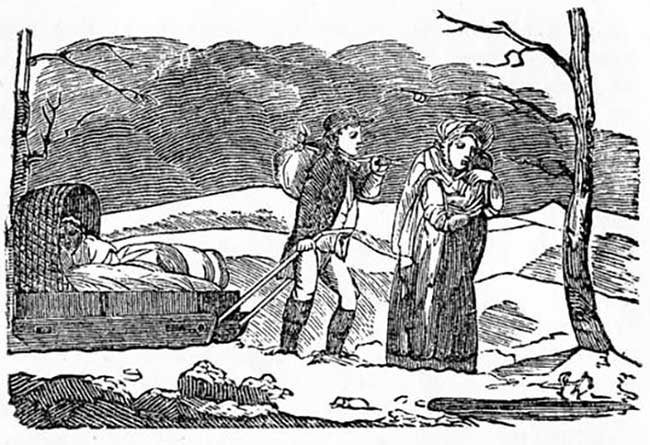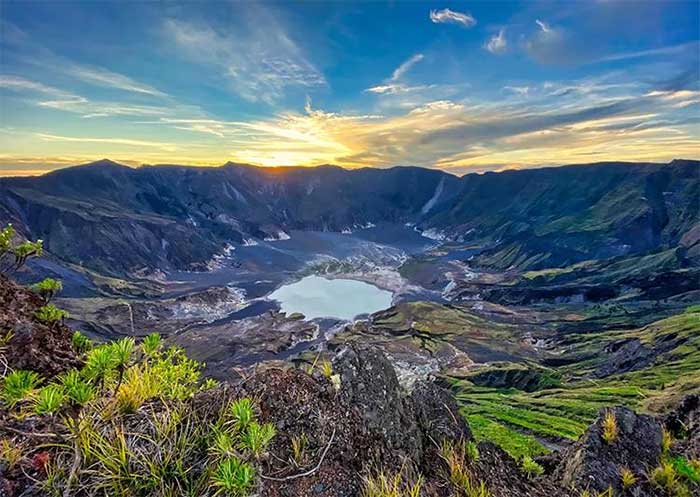The world has never witnessed a year as harsh and peculiar in terms of weather as it did in 1816.
Clear blue skies and golden sunshine, along with the long, warm days of summer, are something many look forward to after a long winter. However, for those living in the Northern Hemisphere in 1816, those summer days were a missed opportunity.
The Year Without a Summer experienced global upheaval. Temperatures dropped significantly, reaching lows of around 16 to 13 degrees Celsius, resulting in disrupted and chaotic weather patterns worldwide.
In the United States, warm summer was replaced by a prolonged winter, with freezing cold weather persisting throughout the year. May could typically be a bit chilly, but in 1816, frost was still present in many eastern states of the U.S. In June, snow was witnessed, and rivers in Pennsylvania remained frozen even in July.
Across the Atlantic, Europe faced relentless rain. In Ireland, rain poured continuously for eight weeks. U.S. President John Quincy Adams, who was then the ambassador to the United Kingdom and residing in London, lamented in his diary about the chilling downpours and thunderstorms that kept him from leaving his home in early July.

People endured numerous impacts in the year 1816.
The impact of global temperature reduction even reached Asia, causing the usual monsoon season to be interrupted, leading to droughts.
Consequences of the Event
Due to the unseasonable weather, many regions suffered failed crops. In the U.S., this was primarily due to continued frosts during spring. This also led to the death of many farm animals. Meanwhile, in Ireland, flooding from heavy rains devastated the potato harvest that year.
In Asia, the lack of rain posed significant challenges for crops, with drought conditions arising from the delayed monsoon season. In many affected areas across the Northern Hemisphere, failed harvests led to widespread famine and tragedy.
A significant migration of farmers occurred from the eastern United States to the Midwest, creating a region that later became the agricultural hub of America to this day.
What Caused the Disaster?
The cause of this unusual weather originated from Sumbawa, an island in Indonesia. There, on April 5, 1815, the stratovolcano Tambora began a violent eruption.

The Tambora volcano crater today.
Volcanic eruptions can affect the planet’s climate for months. This occurs when small, light ash particles remain in the stratosphere, blocking sunlight and leading to lower temperatures.
The scale of the Tambora eruption was such that it is considered the most powerful eruption in recorded history. The aftermath of the eruption in 1816 is believed to be the primary cause of the Year Without a Summer.
Overall, 1816 was not a joyful year for the world as too many aspects suffered significant impacts.


















































